This journey began when, after 27 years, the World Bank began working in Somalia again in 2015, launching a small-scale infrastructure project based around water—a project now flourishing, having added services in agriculture, livestock, and environment to its objectives. Its story is a good example of sequencing analytical work and scaling up projects to build systems in a country.
It also shows how to work with clients and communities as collaborators and how to implement sustainable programming in Fragile Conflict and Violence (FCV) environments.
The World Bank decided to pilot the Water for Agropastoral Livelihoods Project (WALP) in areas of Puntland and Somaliland after analytical research showed boreholes were not always a cost effective or a reliable solution for supplying water to people living in rural Somalia, and how it might be possible to instead store water in sand rivers known as wadis, using centuries-old water technologies.
The objective of the $2 million pilot project was to prove whether building sand dams or subsurface dams in dry riverbeds in Somaliland and Puntland was feasible, and whether World Bank projects could be implemented using Government systems only. We found that not only was it possible, but the pilot was successful and grew to become the $42 million Water for Agropastoral Productivity and Resilience Project, locally known as the Biyoole project (in Somali “Biyoole” means water carrier) which, at the end of 2022, will become the $70 million Somalia Water for Rural Resilience Project, which the client has renamed the Barwaaqo project (in Somali, “Barwaaqo” means prosperity or blessing).
Time for sand
Two studies were conducted prior to launching the pilot, one looking into the development potential of a wadi from a macro- and more technical perspective, and the other a micro- study focusing on the socioeconomic aspects of sand dams. From a macro- perspective, sand dams were a good choice, mainly due to the fact they mitigate evapotranspiration. However, the concern was whether local communities would accept them since, in sand dams, the water can’t be seen because it is stored in the sand. In sand dams and subsurface dams, as Tesfaye Bekalu, World Bank Senior Water Supply and Sanitation Specialist, explains, “sand effectively serves as a temporary reservoir cover, protecting the precious water underneath from evaporating under the blazing sun.”
The other concern was the Somali government’s capacity then and whether it could receive money from the World Bank, implement projects, and account for the disbursed funds. WALP was therefore set up with a “belt and braces” approach, with an international engineering firm contracted to backstop its implementation, providing the client with real-time support on the ground using money from the World Bank’s Trust Fund. Trust Funds are an invaluable form of support for fragile states, acting as an entry point for highly concessional funding from the Bank’s International Development Association, known as IDA.
The Bank’s project team was able to support its clients and empower them, whilst financial management and procurement teams made it possible to keep moving forward. Trust, transparent collaboration, and a lot of hands-on support were key and set the foundation for the next phase.
In the past two years, thanks to the dedication of Project Implementation Units (PIUs) and engineers, the Biyoole project has completed the construction of 50 water points in some of the most remote areas of Somalia. At times, engineers slept in tents by the side of wadis; they also made sure local communities would receive the services being planned. In Puntland, 20 minutes of rainfall in May this year, just as the Rabaable sand dam was finished, sustained the community until September, allowing them to irrigate and cultivate their farms, take care of their livestock, and earn a livelihood by, for example, selling the dates they grow to nearby towns. They were able to provide water for the building of an asphalt road into Garowe, Puntland’s administrative capital. The road will help link their farming with larger markets.
Shoring up fiscal transfers
In terms of institution building, the project strengthened the Inter-Governmental Fiscal Transfers pilot platform by showing how money could be moved through the Federal Government’s Public Financial Management system in Mogadishu to Somalia’s Federal Member States. This is now the standard set for World Bank projects in Somalia.
It helped expand civil service capacity by using only local consultants for its PIUs in the Ministries of Planning, and used civil servants seconded or lent to line ministries involved in the project. This model of implementation helps to combat brain drain.
Hopefully, providing services to citizens will keep talent in government and, in the long-term, contribute to public confidence in the public sector, as well as to confidence in peacebuilding and state building. Its built-in role in mentoring, technical advice and coordination for upcoming regional projects mean that some of the civil servants who earned their stripes through Biyoole will support newer projects, such as Groundwater for Resilience, entirely on their own.
The project shored up the capacity of private sector contractors to respond to World Bank bids and check that dams were built up to standard and adhered to World Bank Environmental and Social Framework (ESF) regulations. Recently developed project Operations and Management Guidelines, which include insights from community leaders on xeer (customary law) and how it is used to manage water resources, may ensure the sustainability of this project.
The project’s greatest lesson though was seeing the confidence the World Bank can instill in local people working in FCV contexts when they are trusted and given a chance to do the work for their country and fellow citizens. It is not easy, and it requires much support and commitment from Bank teams. But witnessing growth from a pilot to a multi-sectoral project is a proud moment for everyone who has been a part of this seven-year journey.

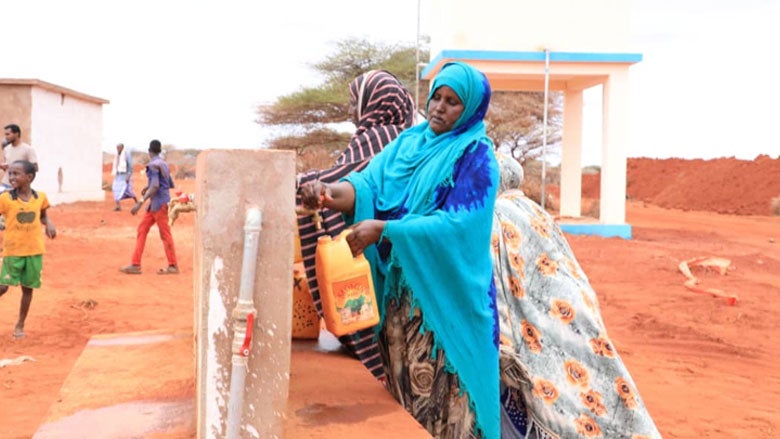

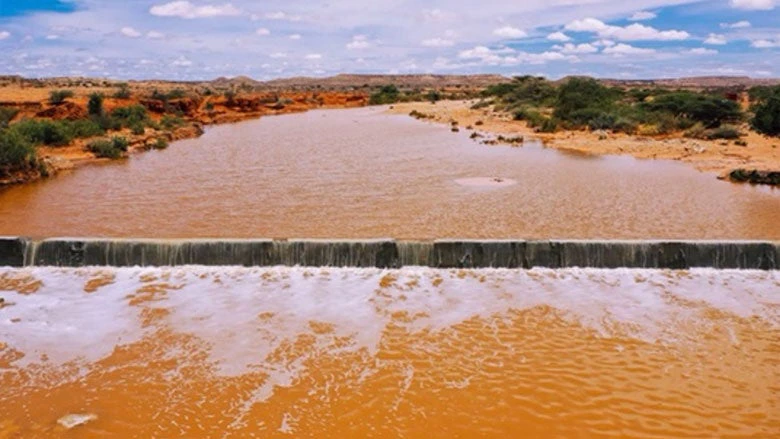
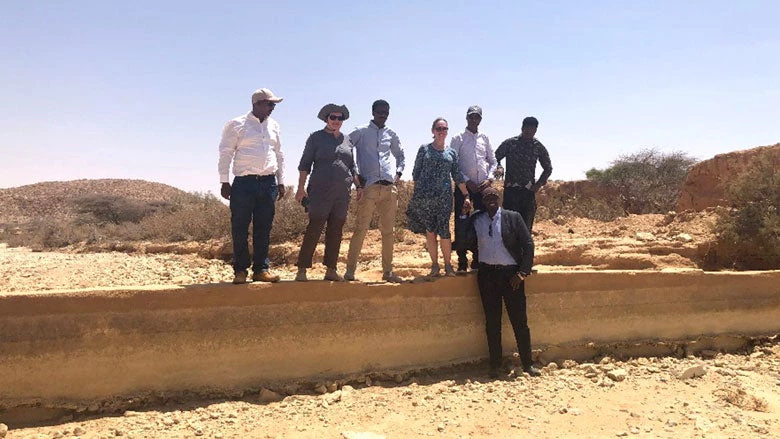
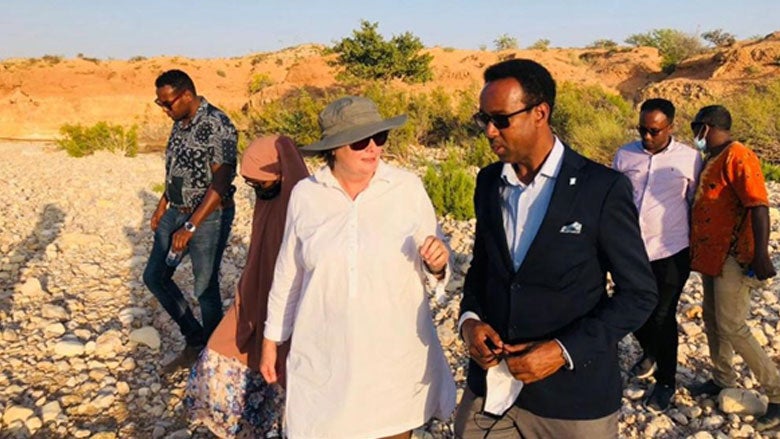
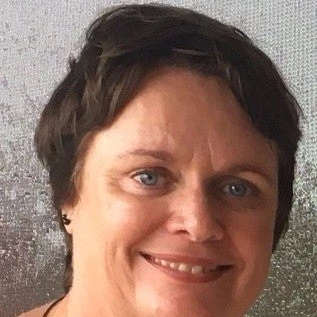
Join the Conversation